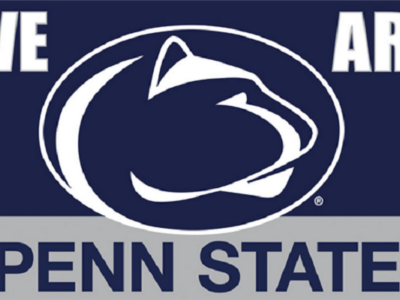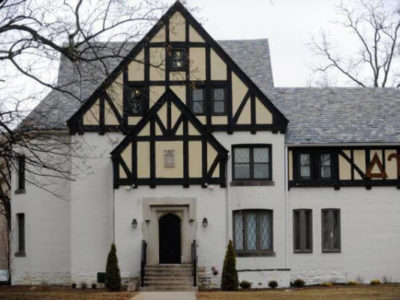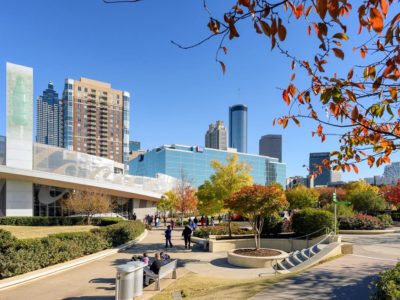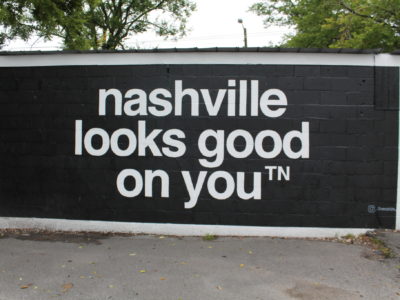Penn State’s reputation transcends way beyond Pennsylvania. We are known around the world through millions of alumni, students and fans. We are known for football. Thousands of people from the college sports community make the trek to see our team take the win. We are known for the Penn State Creamery. The Penn State Creamery provides students and people around the world with some of the best classic, creamery, exclusive, hall-of-fame-worthy ice cream and frozen yogurt. But one achievement the university prides itself on is its racial and ethnic diversity.
Penn State hosts many clubs and organizations that cater to multicultural groups, however, nearly 70 percent of the student body is white according to the 2014-2015 Diversity in Undergraduate enrollment statistic on the admissions website. A minuscule six percent of the student body is African American. The Hispanic and Latino population is slightly lower at 5.9 percent. Penn State even has a higher amount of international students, 7.6 percent, than national minorities.
I am no stranger to differential treatment. As an African-America, at a young age I was taught that I had to work a lot harder to get half of what white students got. So while attending a predominantly white university, I feel extra pressure to perform well. I have to present myself in a way that wouldn’t make me look like a joke or someone that is less deserving to be here. While other students wore pajamas and flip-flops to class, I picked out my clothes the night before to make sure I never looked like I didn’t care. I even joined Army ROTC as a way to feel powerful and to receive discipline. It was my way of silently saying that I wasn’t just another student of color. Instead, I was a student of color that wore the uniform and could possibly serve the country. In my head I was a student that could manage things and had the discipline to be on the same level as my Caucasian peers.
During my classes I found myself constantly counting the number of people who looked like me, both students and professors. I hadn’t had an African-American professor until my junior year, and I could probably count on one hand the amount of students of color who were in each of my classes. I looked for professors or people of power who looked like me because I might possibly relate to them, and that was comforting. I looked for students of color because I assumed that they would not only be understanding of what I was going through, but their presence would be similar to what I’m used to in my hometown.
When I’m home in Harlem, New York I am surrounded by all shades of brown, from the lightest beige to the deepest mahogany. I’m used to hearing people in familiar dialects from Jamaica, Trinidad and Guyana. I was immersed in culture back at home. But just seeing the physical differences when coming to Penn State was enough to make me change the way I presented myself.
For other students, the experience of making Penn State their home has come with many challenges. “There have been times when I felt uncomfortable due to ethnic and racial differences. Being an African-American female in a science major can come with some challenges because the majority of my classes are filled with Caucasian males,” said Penn State junior Ifeoma Ikejiofor. “There was one instance where I spoke in class and a group of Caucasian guys started laughing. I figured they were laughing at my accent, but nonetheless I never participated in that class again.”
According to Ikejiofor, adapting to certain aspects of the school culture worked for her, such as the existence of diversity organizations and a strong nightlife presence. “I learned to just adapt by joining many clubs, participating in events and enjoying the night life. That’s where all the fun it at. This just gives us the opportunity to enjoy ourselves and party with friends. We will eventually be spending more time sharing laughter and funny moments to remember when we graduate, rather than sulking in the aspects we don’t like.”
Although Penn State has organizations that cater to all students, the university’s support for these organizations is not reflected financially. “I remember doing an article regarding PSUA’s Student Life funding not giving black organizations equal chances of funding juxtapose to white organizations,” said Penn State Altoona alum Robyn Cornick. “For example, the Ski club was given $1,500 to go to a ski resort, whereas the Black Student Union only received $250 for a yearly event that celebrates black culture, Umoja. BSU was only given half [of the requested $500] as well as a horrible menu that was created by PSUA for the event because SGA [Student Government Association] felt that amount of money needed for food was unnecessary.”
Getting involved with diversity groups and organizations can provide you with a great support network. Speaking up when necessary can also help change the campus culture or climate, especially when speaking to a professor or faculty member. “I remember there was a time I was having a discussion regarding my grade on a paper or two,” said Cornick. “I just wanted an extensive explanation on how I should approach these weekly papers that are a huge part of our overall grade. ‘You are a result of the No Child Left Behind Program. So, I can see why this is a bit difficult for you,’ the professor said… Obviously whatever I was writing wasn’t matching up to Susie Q, who sat besides me and would hand in her four paragraphs compared to my two pages.”
Education is key and our culture should not be limited to minorities. Let’s create inclusive functions and clubs that anyone can enjoy, regardless of ethnicity. This is our school too. Don’t make us feel as if we’re just tallying marks for a quota that the school needs to fill for the sake of being considered “diverse.” If “WE ARE PENN STATE“, then we all should feel comfortable at this school no matter our skin color, culture, ability or anything else. The only way this will happen is if we come together and truly believe we are all Penn State.



















